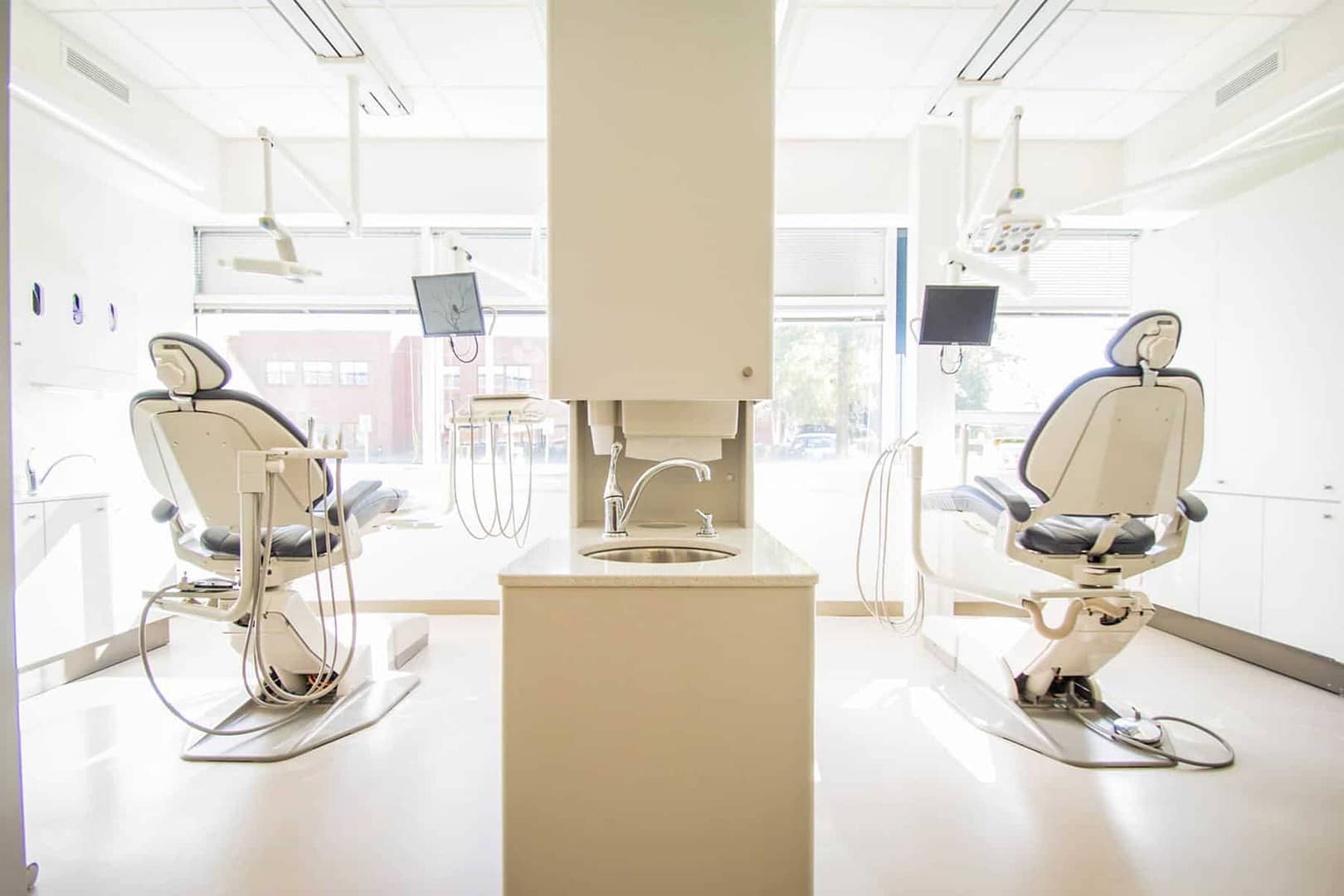The Power of 3%
How profit-sharing can benefit dentists

A three percent profit sharing contribution can make a difference in your retirement savings.
Traditionally, dental practices make small contributions to their 401(k) Profit Sharing Plans for the benefit of their employees. What they don’t realize, is that this small contribution could actually be leveraged to provide an even greater contribution for themselves.
The Internal Revenue Code’s “gateway profit sharing contribution” is a rule that allows for additional contributions once all eligible employees are through the “gateway.” With special testing, owners may be allowed contributions for up to three times the amount provided to the employees. In addition, contributions of five percent or more can be leveraged, when combined with the cash balance contributions, to provide even more than three times the employee amount.
| Age | 401(k) Profit Sharing | Cash Balance | Total |
|---|---|---|---|
| 41 | $54,000 | $90,000 | $144,000 |
| 50 | $60,000 | $143,000 | $203,000 |
| 55 | $60,000 | $184,000 | $244,000 |
| 60 | $60,000 | $237,000 | $297,000 |
| 65 | $60,000 | $245,000 | $305,000 |
Take Dentist X, for instance. Dentist X is 41 years old, with a 401(k) Profit Sharing of $54,000. A cash balance contribution of $90,000 takes his total retirement plan contribution to $144,000.
Dentist Y is 60 years old, with a 401(K) Profit Sharing of $60,000. With a cash balance contribution of $236,000, Dentist Y’s total retirement plan contribution becomes $297,000.
Known as ‘The Power of 3%,’ a profit sharing contribution for the employees ranging from three to five percent of their pay will usually allow for the maximum 401(k) or profit sharing for the dentist. Contributions ranging from five to 7.5 percent of compensation for the employees will usually allow dentists to add the cash balance contribution, in addition to the 401(k) profit sharing amount.